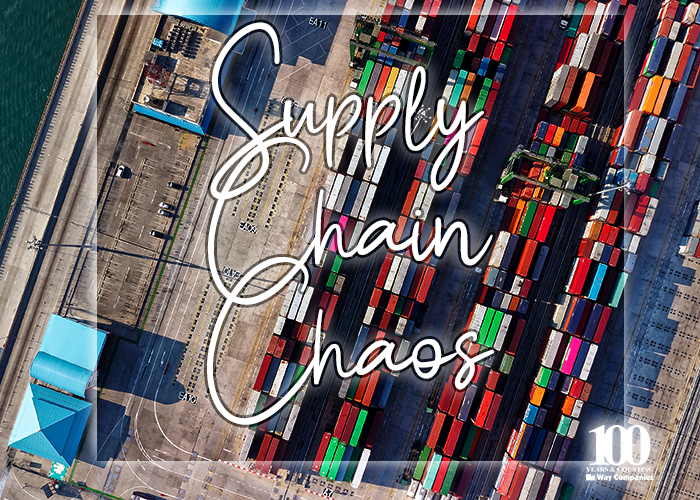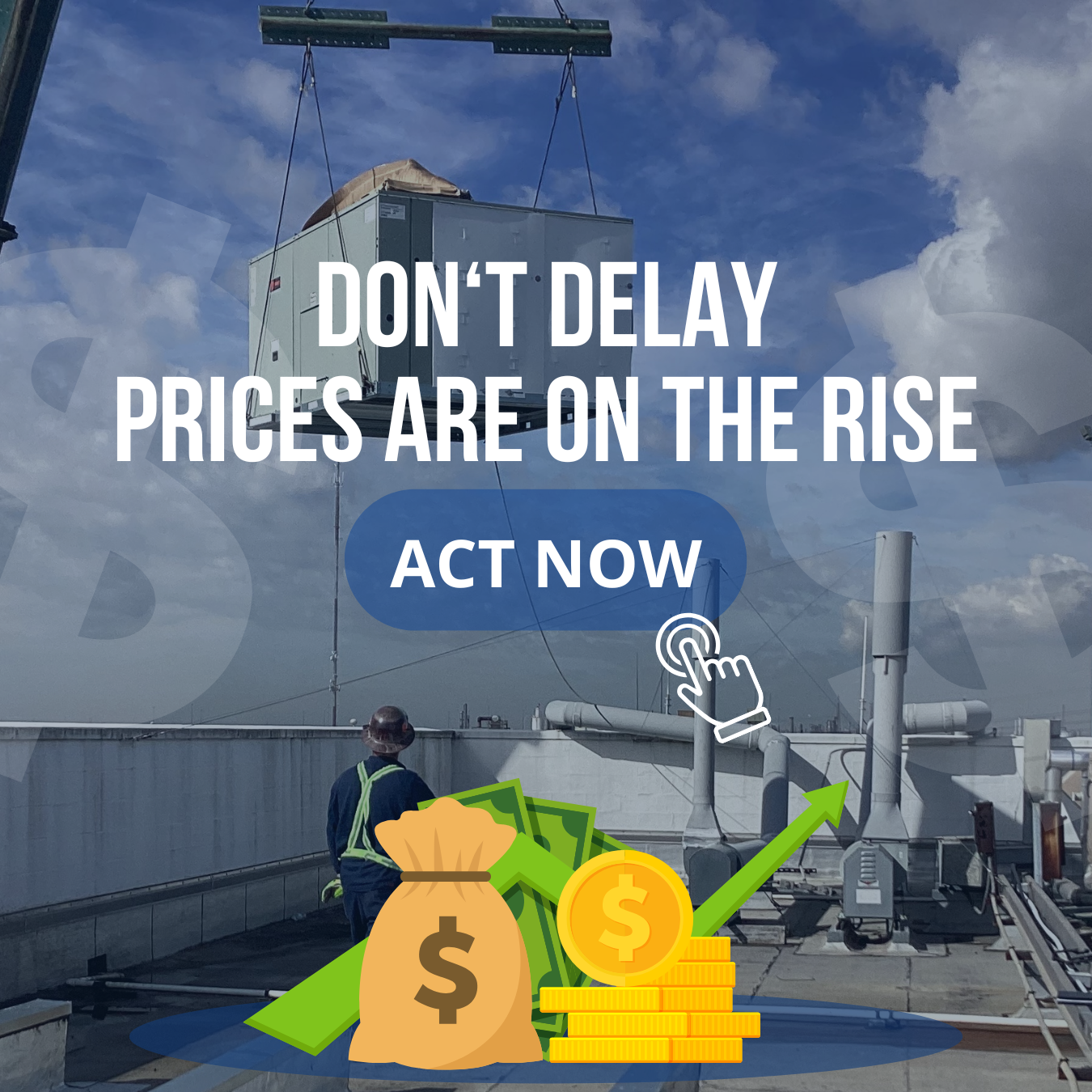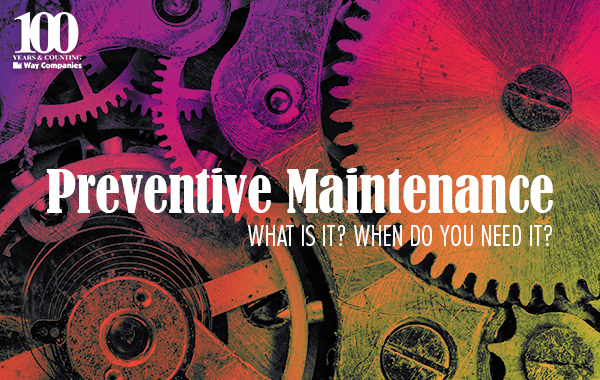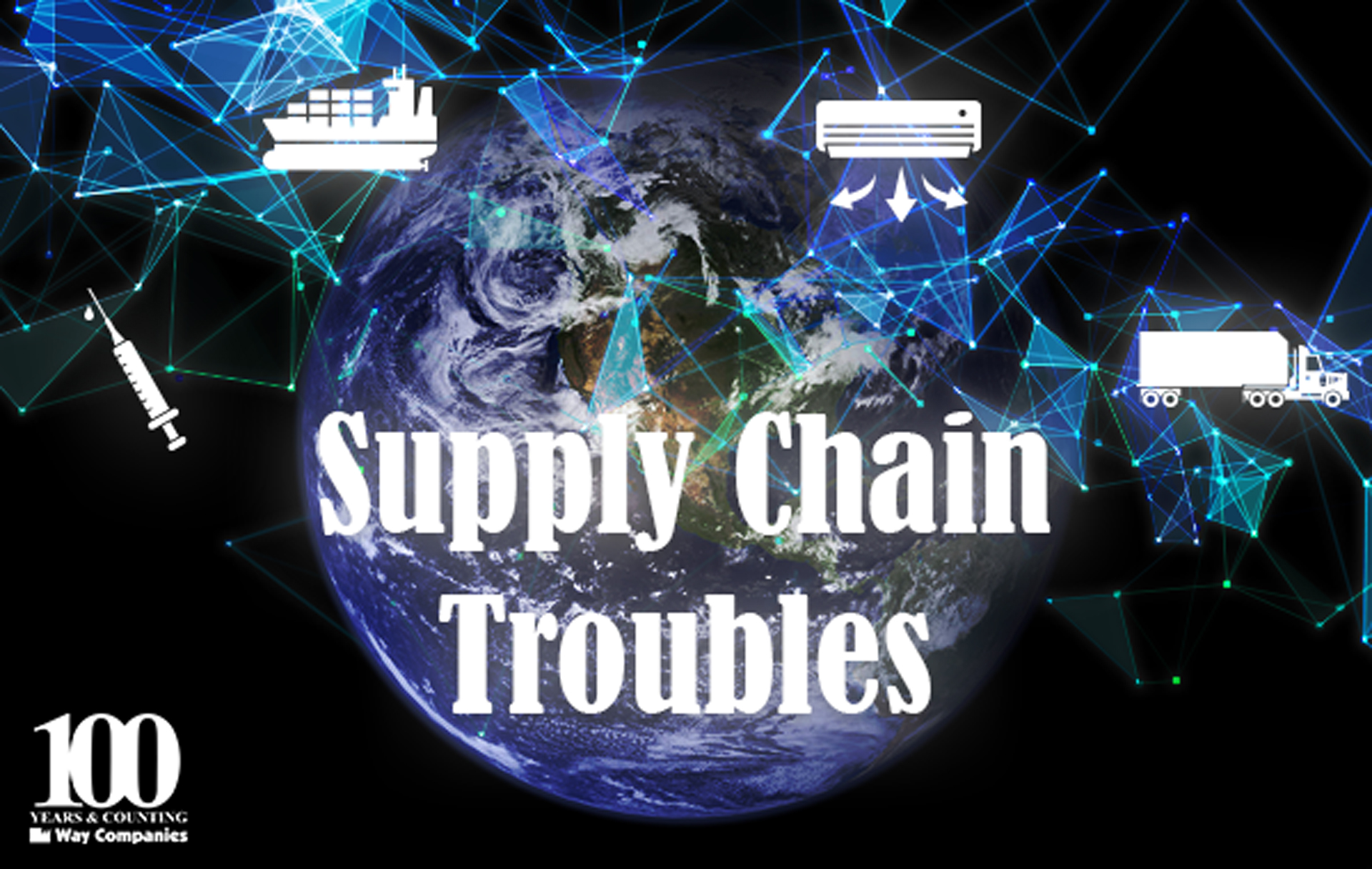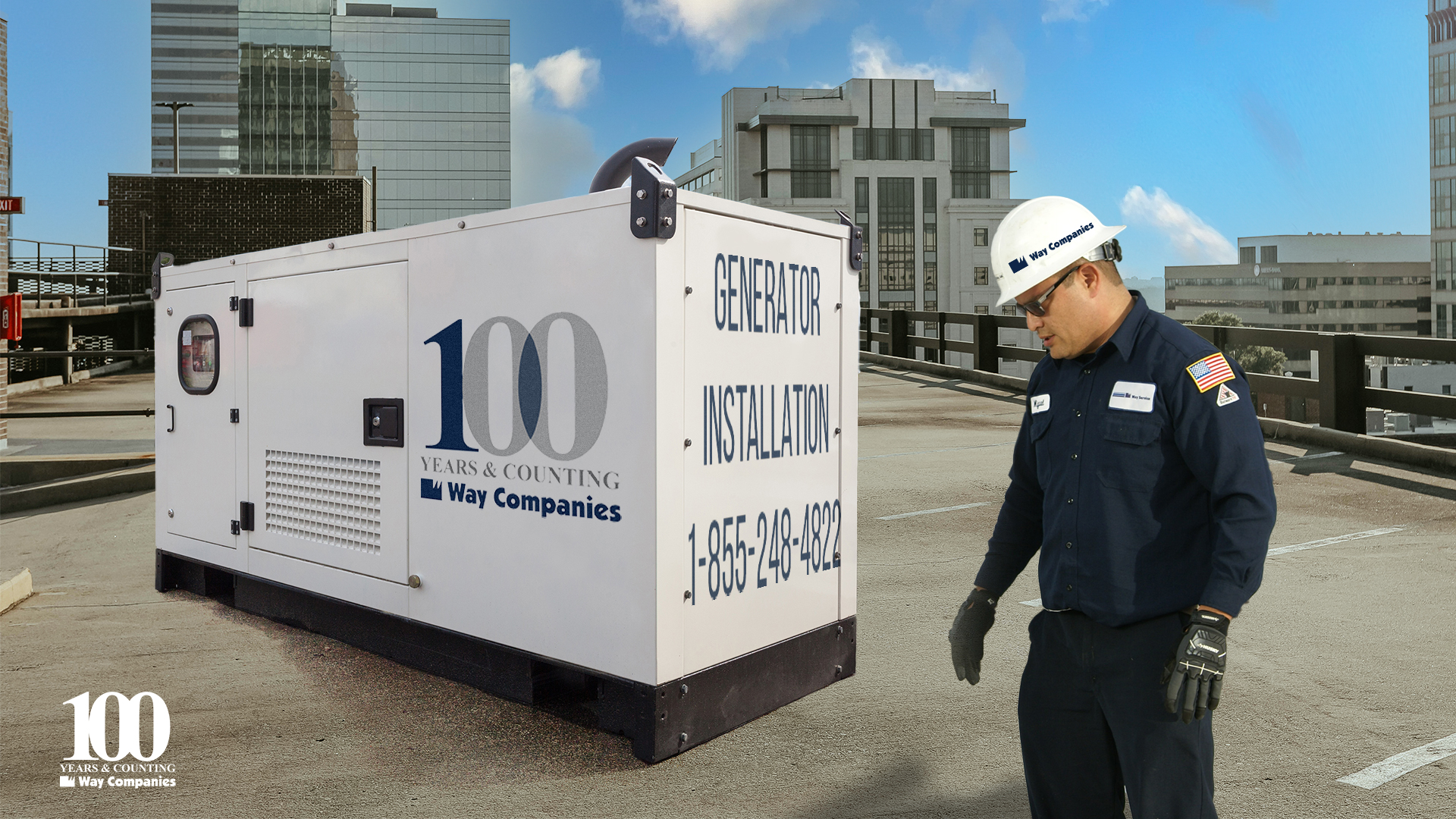Supply Chain Shortage in the HVACR Industry
COVID-19 brought unprecedented changes and challenges to life as we knew it. The HVAC industry was undoubtedly no different in this regard. Even now, in the fourth quarter of 2021, the rippling effects of the pandemic have caused an unforeseen disruption in product availability and supply chain issues. Like many other contractors and competitors in the HVAC industry, The Way Companies are strategizing to ensure their customers are getting products, especially when it comes to refrigerants, parts, and equipment. Regrettably, this issue isn’t confined to just the HVACR business, as it appears supply chain restraints have reached every facet of the American economy.
What is causing the HVAC supply chain shortage?
There is no simple answer to this question as the supply chain is highly complex with many inputs. The slightest disruption has vast ripple effects. From factory closures due to COVID to truck driver shortages to crowded docks to shipping disruptions, all of these factors combined with a resurgence in demand have contributed to this problem worldwide. Today, the global supply chain is still struggling to get back on track, and it will take some time for all of these issues to be resolved. In all, this has resulted in higher prices, affecting businesses where contracts have already been signed.
What does this mean for me?
- We recommend commercial facilities make decisions on their HVAC projects as soon as possible.
- The backlog of equipment is about a few weeks to 6 months or more.
- Even rental equipment is scarce as companies waiting on their equipment use up all the HVAC rentals.
- The backlog is a frustrating experience for business owners that can directly affect their bottom line.
- It causes a loss of revenue and a rise in frustration.
What are some strategies to help ease the pain of the supply shortage?
The most successful and practical approach is communication.
- Talk to your customers and suppliers about product availability and lead times. Some suppliers have done a better job at forecasting and stockpiling inventory.
- It seems prudent to possibly stock up equipment you know you will use, but not to over-purchase superfluous items and get stuck with extra materials to line your warehouse.
- Consider committing to some of your capital budget facility items now rather than waiting for 2022. Analysts do not foresee an easing of this issue until late 2022, and there are as yet many unknowns that could continue to affect the economy and supply chains.
- Commit to a maintenance service program now.
- Taking better care of your equipment through regular maintenance will extend its useful life and ultimately allow you to outlast this disruption.

